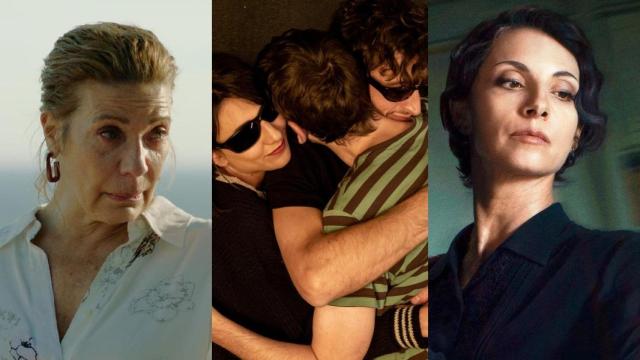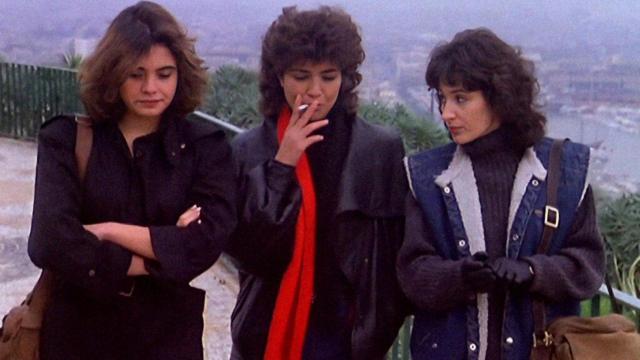
Neither 'Vertigo' nor 'Strangers on a Train': Hitchcock's best film is based on real murders and events
Considered one of the masterpieces in the history of cinema, this movie celebrates its 70th anniversary of its release this month.
Released in September 1954, and starring James Stewart and Grace Kelly, Rear Window is considered the best movie by Alfred Hitchcock and a milestone in the history of cinema.
Overlooked at the Oscars, its masterful direction has influenced scores of contemporary filmmakers, and its cultural impact remains remarkable in new generations 70 years after its release, as it has been honored so many times that anyone can identify the reference even if they have never seen the original work.
Released in September 1954, and starring James Stewart and Grace Kelly, the plot follows a photojournalist with a broken leg who is forced to rest and confined at home.
Despite the company of his girlfriend and his nurse, he only manages to escape the boredom of confinement and immobility by observing from the window of his apartment with binoculars what happens in the neighboring residences. One day, due to a series of strange circumstances, he begins to suspect that one of the neighbors he is watching has murdered his wife.
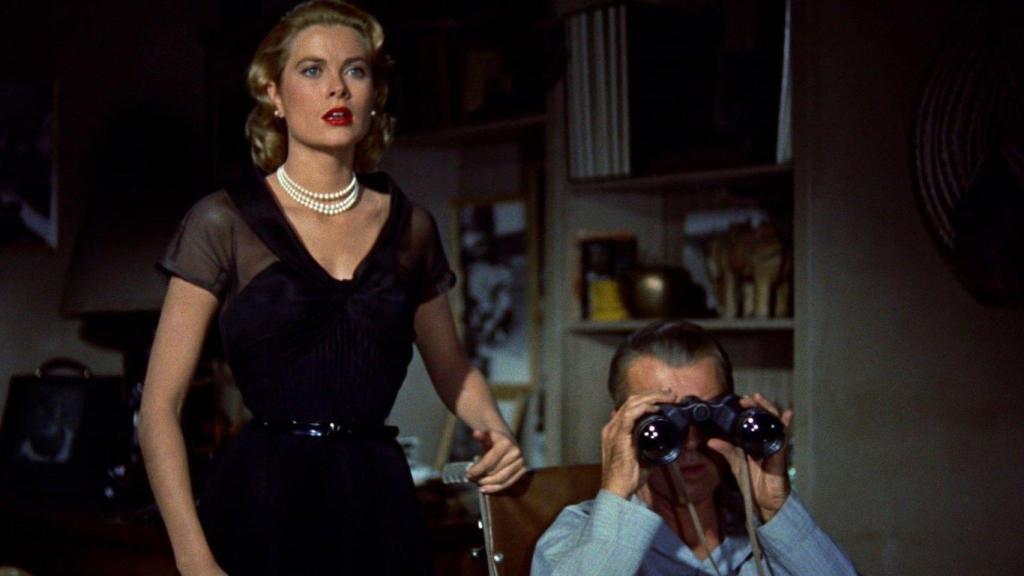
'Rear Window'
The real cases that inspired it
Although John Michael Hayes' is ultimately an original screenplay, the story found inspiration in several sources. An origin that is little known by viewers, and that includes real murder cases, a short story, and the romance between a Hollywood star and a war photographer.
While Rear Window is not directly based on real events, it is inspired by two real cases: the murder of Corrine Henrietta Turner and that of Emily Kaye.
The murder of Corrine Henrietta Turner (1910)
On January 31, 1910, Corrine disappeared after a party at her home in London. Initially, her husband, Dr. Crippen, claimed she had returned to the United States and later said she had died and been cremated in California.
However, Corrine's friends began to suspect, and the police eventually discovered body parts buried in the Crippens' basement. Dr. Crippen and his lover, Ethel Le Neve, fled to Canada, but were captured some time later.

'Rear Window'
The murder of Emily Kaye (1924)
Emily Kaye was in a relationship with Patrick Mahon, a married man. On April 15, 1924, after a violent argument, Mahon killed Emily. He then dismembered her body and tried to dispose of the remains by burning and boiling them.
Mahon was arrested at Waterloo Station while trying to claim a bag containing bloodstained clothes and a knife. He confessed to the murder and was later tried and hanged in September 1924.
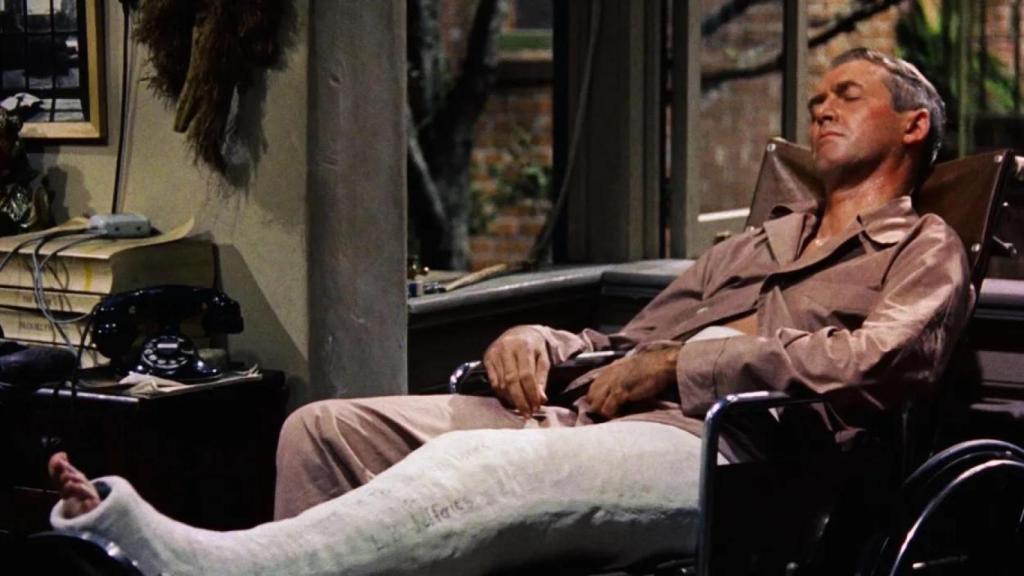
'Rear Window'
Based on a short story
The film is mainly based on the 1942 story It Had to Be Murder by Cornell Woolrich.
The story follows Hal Jeffries, a man confined to his New York apartment due to a broken leg during a stifling summer heatwave. Bored and with not much to do, Jeffries starts watching his neighbors through the rear window. He becomes particularly interested in the comings and goings of a man named Thorwald, who lives across the courtyard.
Jeffries begins to suspect that Thorwald has murdered his wife and disposed of her body. With the help of his friend, a detective named Boyne, and his housekeeper, Jeffries gathers evidence to prove his suspicions.
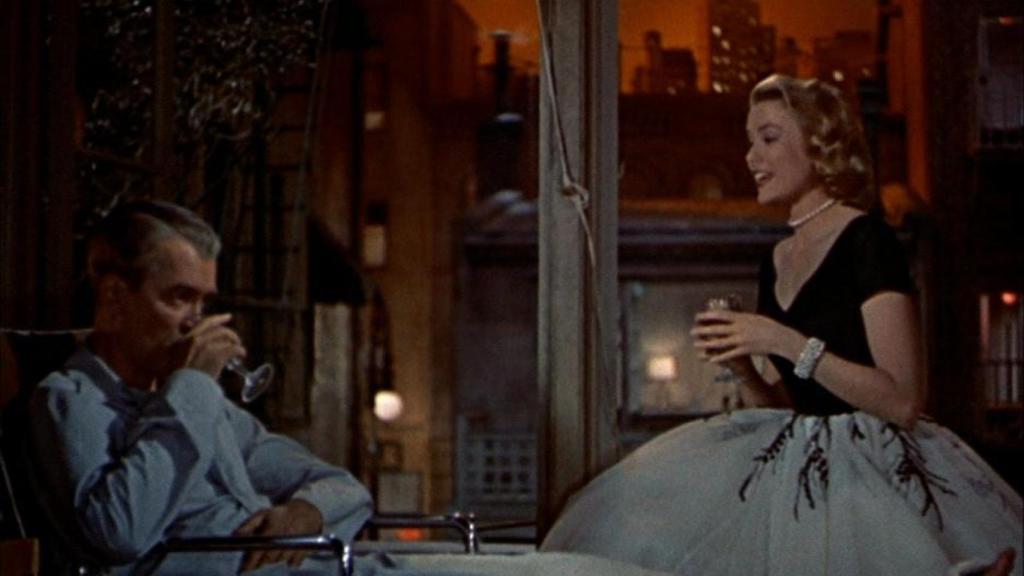
'Rear Window'
And a real love story
The main difference between the movie and the story it is based on is the introduction of a new character: Lisa Fremont, played by Grace Kelly, Jeffries' girlfriend, who plays an important role in the investigation.
For this plot, Hitchcock drew inspiration from a real love story, that of actress Ingrid Bergman -with whom the director had worked three times- and war photographer Robert Capa.
Born on October 22, 1913, in Budapest (Hungary), Capa is considered one of the greatest war photographers in history. He covered five major conflicts: the Spanish Civil War, the Second Sino-Japanese War, World War II, the 1948 Arab-Israeli War, and the First Indochina War.
Capa's most famous work includes his coverage of the D-Day landing on Omaha Beach during World War II. He co-founded Magnum Photos in 1947, the first cooperative agency of independent photographers worldwide. Capa tragically died on May 25, 1954, after stepping on a landmine in Vietnam.
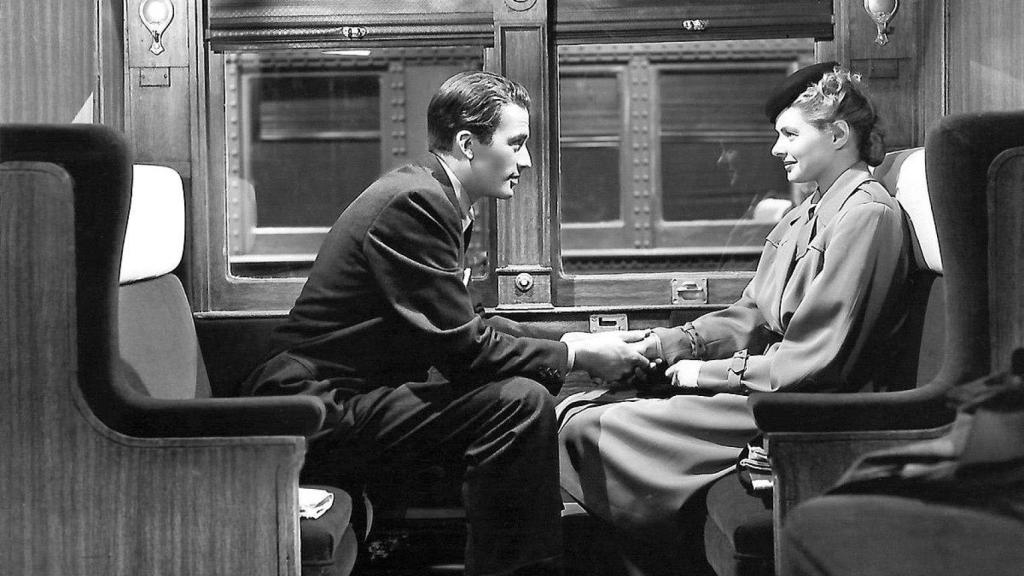
Ingrid Bergman in 'Spellbound'
Capa and Bergman met in Paris in 1945. At that time, Bergman was married to Petter Lindström, a Swedish-American neurosurgeon, so her relationship with Capa had to be kept secret.
Their romance lasted for two years during which Capa moved to Hollywood and took part in film productions. After taking a role in Temptation, a 1946 film noir, the war photographer quickly realized that the Hollywood lifestyle was not for him and began making plans to leave California.
Ingrid Bergman, on the other hand, was ready to divorce her husband to be with Capa, but Capa did not want to settle in one city or be tied down by the commitments of marriage. On May 25, 1954, Capa passed away after stepping on a landmine.
Bergman got divorced and married shortly after to Roberto Rosselini. Her acting career continued for the next two decades until her death in 1982.
The movie does not delve into the relationship details, but takes inspiration from the profession for its protagonist, a war photographer, and introduces the girlfriend, a beautiful woman who has a life in front of the cameras, in this case as a model.
*This article has been automatically translated using artificial intelligence

